Transforming Building Maintenance with TARGPatrol Real-Time Solutions
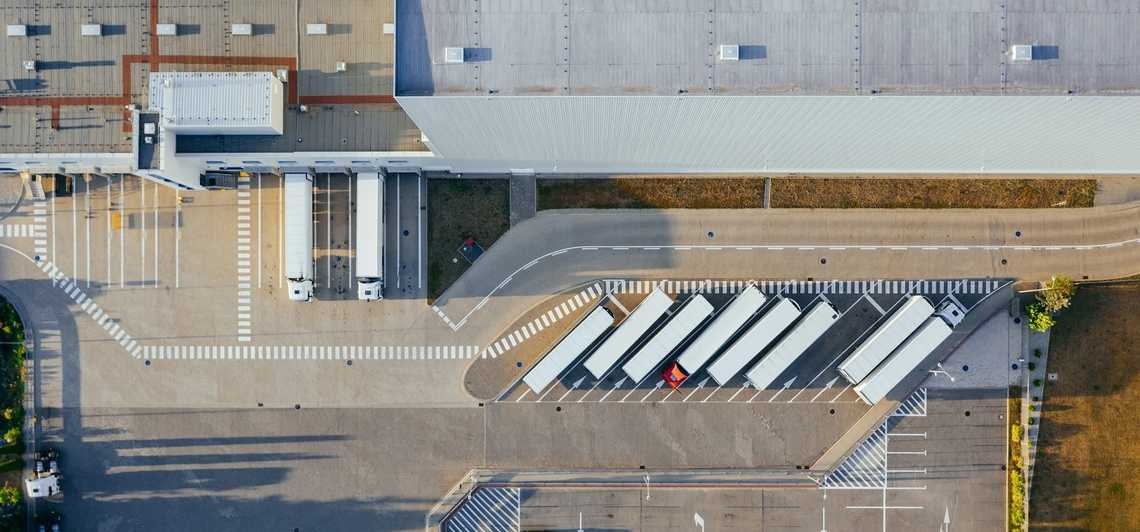
Building maintenance tends to be costly affairs; the expression ‘stitch in time saves nine’ is apt for both residential and industrial buildings. In the US, it can cost anywhere from $17 to $30 per meter square. These costs go into maintaining the structural integrity of the buildings as well as electrical, plumbing, HVAC, and other systems. Without an effective plan, building maintenance can be a chore and not provide the expected results.
In this article, we explore the importance of conducting inspections and how you can best manage them. We’ll also explore some of the most common risks to building safety.
Dive in to learn more about building inspections and maintenance.
What is the importance of conducting regular inspections in your house or buildings?
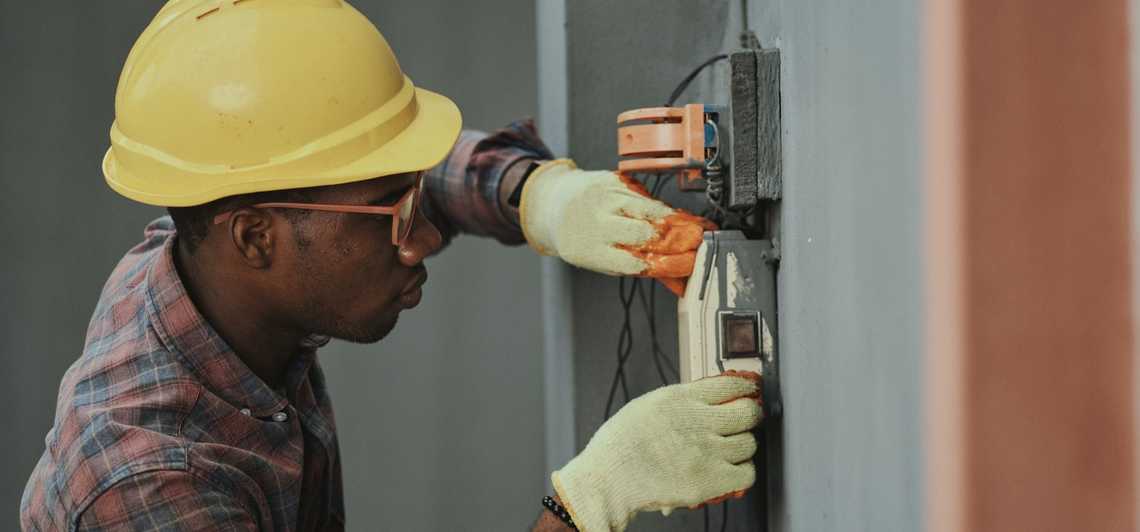
As buildings grow older, the materials used in the construction and the systems that support them start to deteriorate. Buildings are constantly exposed to dust, rain, wind, pests, and other elements and over time, they will face wear and tear. Wooden elements may be attacked by moisture or pests, metal sections may start rusting or oxidizing, and without regular maintenance and upkeep, it may become difficult to live there.
Regular inspections help identify the problems and damages on time and fix them before it becomes too costly. Thorough inspections based on effective risk management can spot issues with a building before it’s too late.
Building occupants may identify problems due to moisture or mold and may take remedial measures on time. But these ad hoc inspections are rarely comprehensive. Many systems and structural elements may be invisible to the occupants and issues may go unnoticed for a long time. For proactive building maintenance, you need well-defined, thorough, and regular inspections.
Building inspections are also crucial for ensuring occupant safety. Electrical, plumbing, and HVAC systems may pose safety risks if they’re not regularly inspected and the issues rectified. In the event of a fire or similar incidents, occupants may be left without a defense if the fire suppression systems or smoke detectors are not in working condition.
Without regular inspections, buildings may also be in violation of local regulations. Governments and regulatory authorities have specific and detailed standards describing the safety standards for different buildings, their structural integrity, and the different systems. These violations may incur significant penalties for building owners and occupants.
Regular maintenance also maintains the value of buildings over time. If the owners are selling the building or leasing it out, the new owners won’t have to put in a lot of effort to make it liveable. It will attract more tenants and keep the building profitable.
Lack of regular inspections and maintenance can also attract lawsuits if the safety of occupants is compromised.
What can affect the safety and life span of homes or buildings?
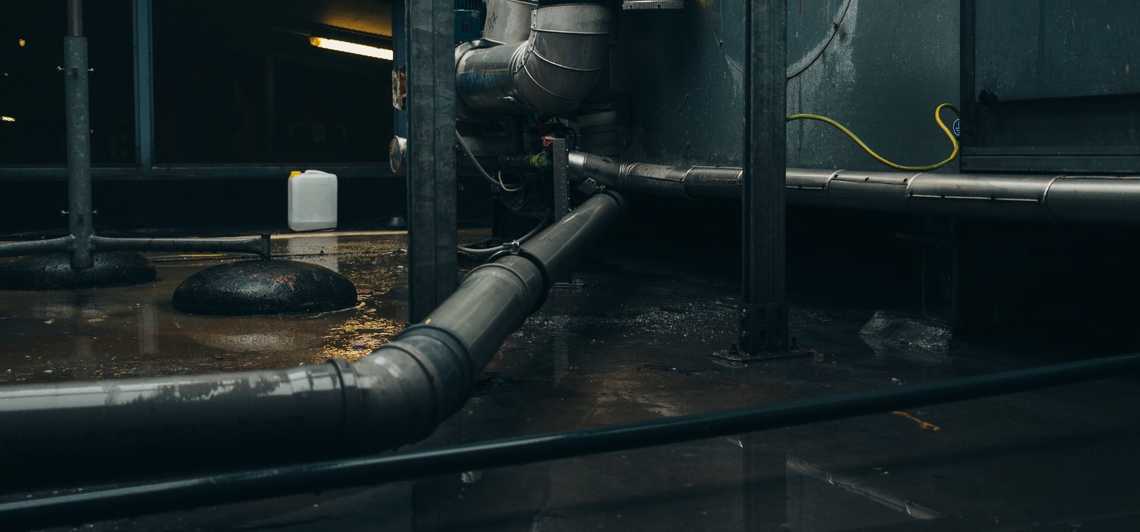
These are some of the common problems that can damage buildings:
Plumbing problems
Plumbing problems can damage the building structure and materials and can make it difficult to live there. The water through the faucets and appliances may be dirty, rooms may get flooded, and the water supply to different levels or rooms may be cut off.
Plumbing issues can be due to damaged piping or outlets, broken valves, or clogged drains, and can affect the quality of life within the building. They can also be caused to seasonal temperature changes; the expansion and contraction of metal pipes in different seasons can damage them. If the pipes freeze and form ice inside them, it can even break them.
Plumbing problems and leaks can create other safety issues as well. For instance, moisture can cause mold to grow and wet surfaces can present an electrical hazard.
Electrical hazards
Outdated wiring is one of the major electrical hazards in homes and buildings. Old wirings and panels may have eroded or may not be capable of supporting the loads that modern appliances need.
Damaged or faulty wiring is another common risk seen in households. Using lower gauge wires can cause the wiring to break down, cause electric arcs, electrocute users, and even cause fires.
Another common issue is that in many buildings too many appliances may be connected to the same outlet. It can cause voltage drop and damage the equipment and pose a fire risk.
Damaged electrical systems can also make emergency safety systems non-functional and create a higher risk to the occupants.
Structural integrity
Buildings may develop structural problems over time and without regular maintenance, it can be catastrophic. Leakages, water seepage, and pests can cause floorboards to rot and may fall through under excessive weight or pressure. If occupants use heavy objects or move them across regularly, it can affect the structural integrity of walls and columns. Even heavy construction equipment can damage structural elements.
In many instances, the damage may be purely cosmetic, such as cracks or stains on the walls or paint. But it’s best to inspect them regularly and ensure that they don’t pose a safety risk to the building.
Inefficient HVAC systems
HVAC is one of the most energy-intensive systems in a building. They also require regular maintenance to ensure their proper functioning. Damage to the HVAC system can make it very uncomfortable for occupants to live there.
Some of the common issues with HVAC systems can be avoided with regular maintenance. Leaks or clogs can cause HVAC systems to use more energy than otherwise and leave occupants with high heating and air conditioning costs. Damaged or clogged filters can even cause diseases among the occupants.
Without regular maintenance and updates, HVAC systems can be highly inefficient.
Fire and safety equipment not in working condition
While they may be rarely used, fire and safety systems require regular maintenance. Pipings have to be regularly inspected for clogs or rust, batteries in smoke detectors and fire alarms must be regularly replaced, and automated sprinkler systems must be tested.
Building fires can be life-threatening and cause expensive damages, but they can be prevented and their effects mitigated to a large extent with the help of fire and safety systems.
In many areas, residential and high-rise buildings are required to maintain functioning fire and safety systems. Besides the safety risk, if the safety equipment is not functioning, audits from regulatory authorities can be expensive. In the event of incidents, it can also invite lawsuits from building residents.
How do you conduct regular building inspections?
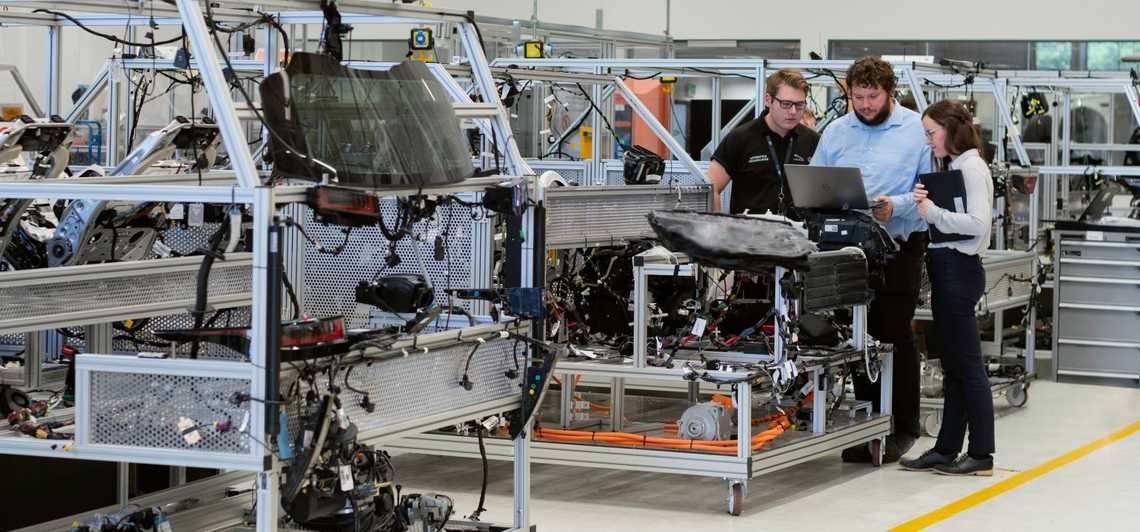
Here are the steps to conduct effective building inspections
Conduct an initial walkthrough to plan the inspection and identify the scope
An initial walkthrough of the building would give you a picture of the time and resources it will take to inspect the entire building. You can also determine the scope of the inspection; maybe you can limit it to just one or two floors that were recently renovated or you can pick the systems that haven’t had an inspection of late. The walkthrough will also give you a rough idea of the different equipment and assets you’ll have to inspect.
During the walkaround, take a list of the elements you’ll have to inspect. If you spot any issues, mark them down for detailed inspection.
Create a detailed checklist
Once you have a general idea of what the inspection will have to cover, build a detailed checklist. A checklist will make sure that the inspection is thorough and that you haven’t missed out anything. It will also help build documentation and will come helpful in the next inspections.
While creating the checklist, refer to material safety standards and decide the checks and tests you’ll have to perform. For the equipment and systems, refer to the owner’s manual and add details to the checklist. If you have checklists from previous inspections or records of previous maintenance activities, it can help you build an effective list quickly.
Create a list of tools and equipment you need
When you go through the inspection, you’ll have an easier time if you plan and make sure you have all the equipment you need. If you have to stop now and then to collect tools or until you have all the equipment with you, it will delay the process.
If you have to make a scaffold or other support structures, it may be a good idea to set them up a couple of days before the inspection. Make sure you’ll have access to all the areas of the building as well as the equipment within before you start your inspection. It may be a good idea to have someone who knows the building with you when you conduct the inspection.
Check the exterior first
It’s best to start with the exterior when you start the building inspection. Some of the most obvious issues are usually on the exterior and can be quickly spotted. For instance, if the external walls have cracks or if the roof has leaks, you can spot them quickly. External issues may also contribute to issues within the building. For instance, if the external walls or the roof have water leakage issues, it may damage the floorboards or the building frame.
Go through all the rooms in the building
During the inspection, make sure you go through all the rooms in the building and look for issues. Even if the rooms may not be used or occupied, there may still be issues that can affect the rest of the building. For instance, if there is faulty wiring it can put the entire building at risk. If there is mold or fungus on the structure, it can grow to affect the rest of the building.
Building blueprints may be helpful to plan the inspection and make sure you cover all the areas.
Document all the issues and take photographs
When conducting the inspections, take detailed notes regarding the issues and take photographs for future reference. It will be easier to plan the renovations or maintenance work when there’s detailed data to work with. It may be a good idea to take note of the materials you may have to purchase for renovations as you go through the different rooms during the inspections. Detailed photographs can help you plan the renovations and if needed you can use them to fill in the gaps if you missed out something during the inspection.
Create a plan to fix the issues found
Once you have completed the inspection, create a detailed report for the renovations. When planning the renovation, make a detailed list of all the materials and equipment you may need. Figure out how many resources you may need and the time it may take to complete them. If you have to relocate the occupants for the maintenance work, you may have to plan that as well.
Contact vendors and contractors for suppliers and figure out how you’ll resolve the issues. Once you have all the information, plan out the whole renovation and a schedule for it.
Schedule next inspection
To get the best results, buildings need regular maintenance. Instead of sporadic inspections and maintenance, it will be more efficient to conduct them in regular periods. When planning the inspection schedule, take into account the climate, if it will interrupt the activities within the building, and build a timetable accordingly.
Best practices for conducting building inspections
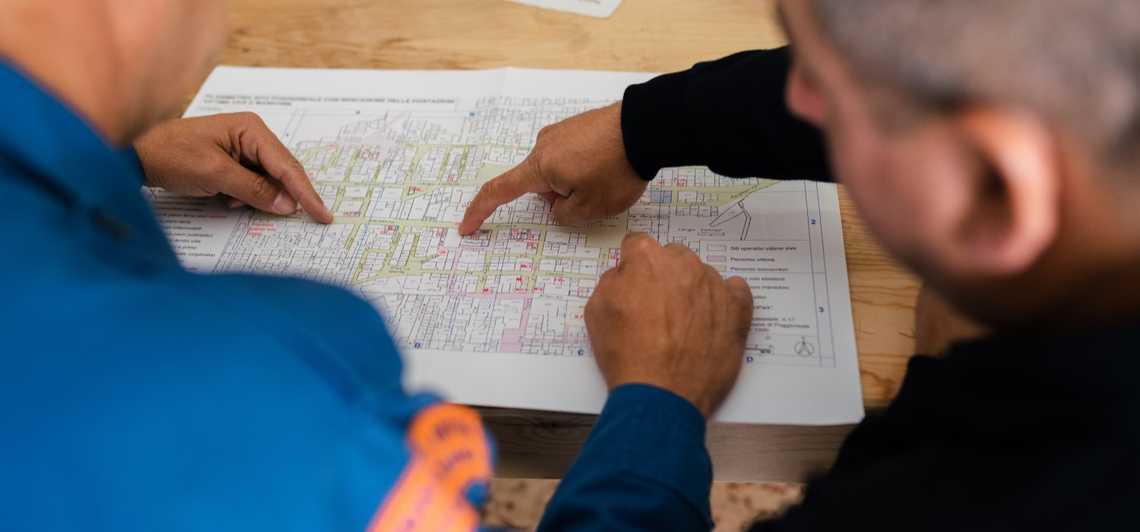
Conduct regular inspections
Regular inspections will help reduce the cost of maintenance and inspections in the long run. It will also ensure that the safety of the building and the occupants are not compromised. Regular maintenance and inspections will also prevent the risk of violating local building codes.
Create a system for tenants to report issues on time
While it cannot replace regular inspections, building managers can offer a better experience to the occupants and reduce maintenance costs with a feedback system. If the occupants can report issues directly to the building managers, they can take care of them during the next maintenance or schedule an impromptu repair.
It will offer occupants a better quality of life and help streamline maintenance processes.
Use detailed checklists
Detailed checklists help standardize the inspection process. It will ensure that the inspection team didn’t miss anything and will also serve as documentation of the process.
Building managers can use apps like TargPatrol to create detailed checklists, and with the help of RFID and NFC systems, they can ensure that the team conducts inspections regularly. It will also make it easier for the teams to conduct the inspections. Even if the inspection personnel are different, it will ensure the quality of inspections.
Document issues
Detailed documentation will help plan maintenance and help clear audits easily. It will also help building managers and owners find out if there are any persistent issues and fix them quickly.
Streamline building inspections and maintenance with TargPatrol
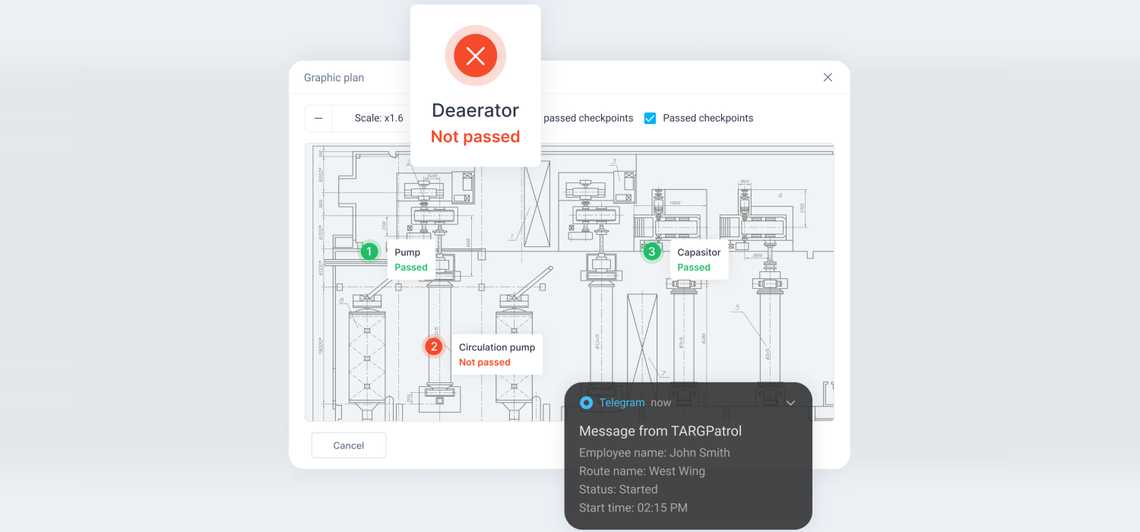
TargPatrol is s state-of-the-art app designed to streamline maintenance and inspections. The app offers a centralized solution to plan and execute inspections regularly. TargPatrol can maintain the quality of inspections with detailed checklists. The app can track the inspection team through RFID or NFC tags and ensure that they inspect all the areas. It can also assign tasks to the team through a centralized dashboard.
Read more: What should you look for in a CMMS?


